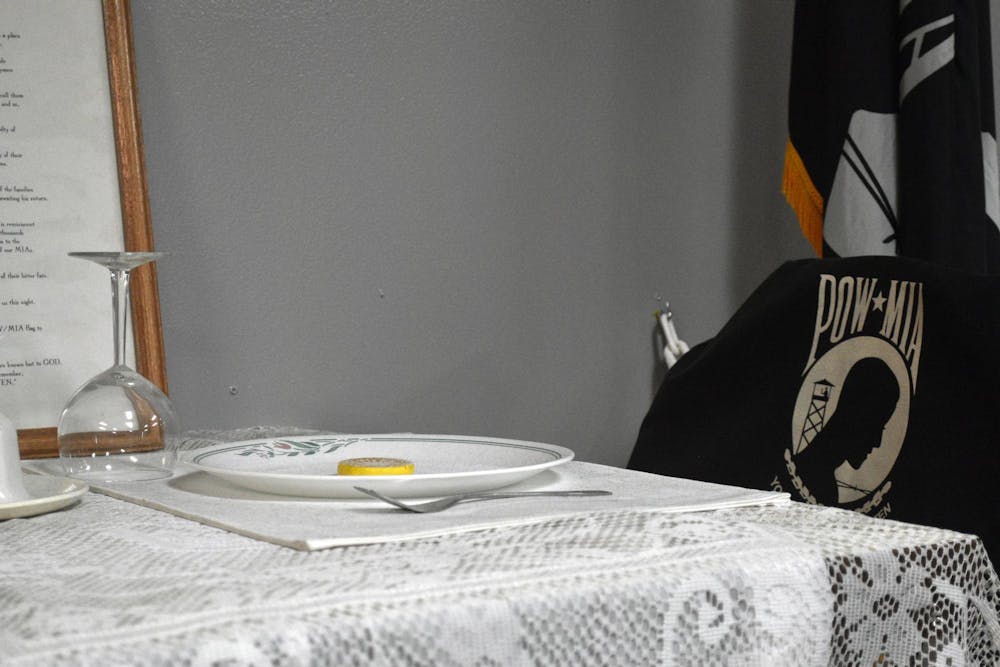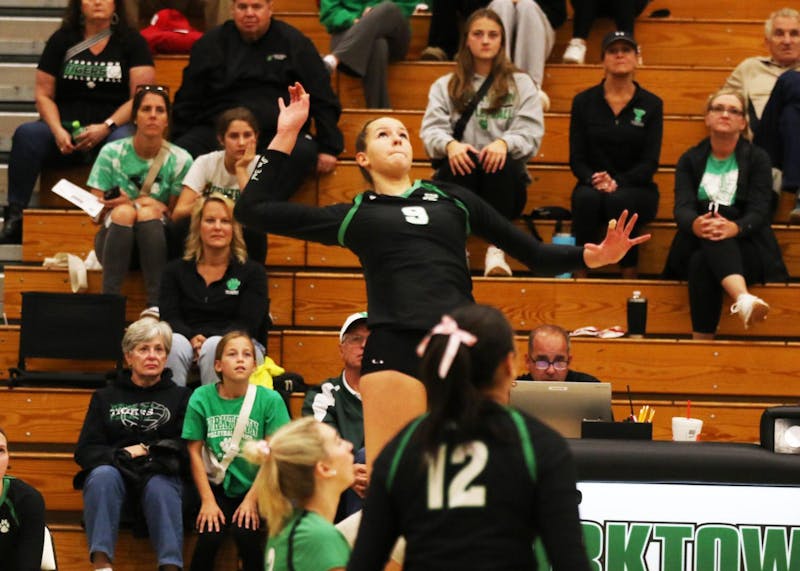During World War I, women in the United States stepped up to fill the gaps from those who left to fight for their country. Upon their loved one’s return, the motivation to continue the support for their country and their veterans didn’t diminish.
Shortly after the creation of the American Legion in 1919, the decision was made to implement a sister organization known as the American Legion Auxiliary (ALA).
Today, the ALA has its own identity, separate from the legion, expanding its reach by working alongside American Legion members to serve each other and their community, according to its website.
American Legions are referred to as posts, while ALA groups are units. Unit 19 is the local Muncie ALA, and the American Legion, where they meet, is post 19.
The two organizations have different charters, and resources are separate. But this individualization isn’t the only thing that has changed in the ALA in the past century.
The ALA was a female-only group for 100 years. In 2019, the decision was made to allow men to join, but with a few stipulations: only male spouses of veterans or service members are eligible to join, if they served from April 6, 1917, to Nov. 11, 1918, or after Dec. 7, 1941, according to the ALA guidelines.
Unit 19 was established for local women and daughters of legion members March 1926, according to the Ball State University archives, and currently has almost 100 members, ranging from age 2 to their oldest active member, who’s in her 80s.
Because it is a more recent addition to eligibility, unit 19 doesn’t have any official male members yet.

Members of the American Legion Auxiliary (ALA), Karla Smith (left), Carol Skeel (middle) and Kay Jones (right) pose for a photo March 11 at the American Legion. All three women have been members of the ALA for over 20 years. Ella Howell, DN
Carol Skeel has been a member of the ALA for 21 years and holds multiple leadership positions with the local unit.
“Of course, the ALA is [patriotic], but a lot of us are extremely patriotic. We love our country, and we try to do everything for the soldiers who protect our country,” Skeel said.
ALA Unit 19 does a lot of fundraising to support veterans and their families. They host events like monthly dinners and raffles to make extra money.
“We’re not for profit, so we take our profits, and we will help our veterans if they need transportation, if they need help with utility bills or if they need help with any of the necessities of life,” Skeel said.
One tradition the organization has carried on since 1924 is its poppy distribution. At the end of World War I, poppies began to thrive. It is assumed that this is a result of the lime from the rubble of war enriching the soil.
The red poppy became the symbol of “blood shed by those who fought and those who continue to fight for our country.” This is a result of the poem “In Flanders Field,” which was written on the frontline to honor soldiers who died in battle, according to the ALA.
Members don’t sell the poppies, but many choose to exchange donations for the red flowers.
“May is National Poppy Month, and we set them out all year round in little poppy jars,” Skeel said. “We set them out and take donations, which go in the poppy fund, and it’s only to help veterans and veterans’ families.”
A lot of the funds raised go toward the veterans hospitals, the Marion Veterans Affair (VA) and the Richmond VA.
“All of the auxiliaries do this, but we take a lot of our funds and we get them Christmas presents for the veterans, we do goodie carts for the veterans, anything that a veteran might need. The government, a lot of times, doesn’t provide certain things,” Skeel said.
Kay Jones has been a member of the ALA for 20 years. Her late husband, David Jones, was a Ball State University graduate and a member of the Air Force and American Legion.
“It’s very much not just patriotic, but it becomes a part of your life. It really does,” Jones said.
Karla Smith comes from a military family and has been an ALA member for 22 years.
“When somebody is out, we’re there. It doesn’t matter what it is [or] where it’s at. I was at my brother’s death bed arranging a funeral dinner for another member’s father, so you do what you have to do when you have to do it,” Smith said.

All three women feel at home within the 104-year-old operation. They look at ALA Unit 19 as a family. They support both veterans and their fellow members in the work they do, emulating the women who established the organization.
Skeel appreciates the “extreme” sense of family and the opportunity to support those who have sacrificed so much for their country.
“Our family has had some bad times, some people passed away, some people are very ill, but we all pull together and help the other people,” Skeel said.
Some veterans and veterans’ families in the organization don’t have a family, which can be especially difficult around holidays. No American Legion or Auxiliary member has to spend them alone.
“Probably 30 percent of our members have no family. We are their family,” Smith said. “I can guarantee you, they may not come, but every veteran here who doesn’t have a family is invited to one of our houses for a meal.”
The women of ALA Unit 19 sacrifice their time, money and energy to show their support for veterans.
“I think it’s family, I think it’s patriotism,” Smith said. “We all support our military, we all support our veterans and we all support each other.”
While the ALA has adapted to resemble more modern practices, the women of unit 19 share the same love for their country and dedication to veterans as the women who came before them.
Contact Ella Howell with comments at ella.howell@bsu.edu.





The Daily News welcomes thoughtful discussion on all of our stories, but please keep comments civil and on-topic. Read our full guidelines here.